Earlier this year, I had the incredible opportunity to travel to Mozambique for a work trip that turned out to be an unforgettable adventure. As a South African, this marked my first visit to another African country, and, needless to say, the excitement was palpable.
A journey across borders
My journey began at Cape Town International Airport, where I boarded a flight that took me through OR Tambo International Airport before finally landing at Vilankulo Airport on the coast of Mozambique.
Accompanied by a WWF project partner from the South African Shark Conservancy, an NGO based in the Kogelberg region of the Western Cape like myself in WWF’s Kleinmond office, we were warmly welcomed and taken directly to the stunning Dona Ana Hotel in Vilankulo, our home away from home during this exciting adventure.
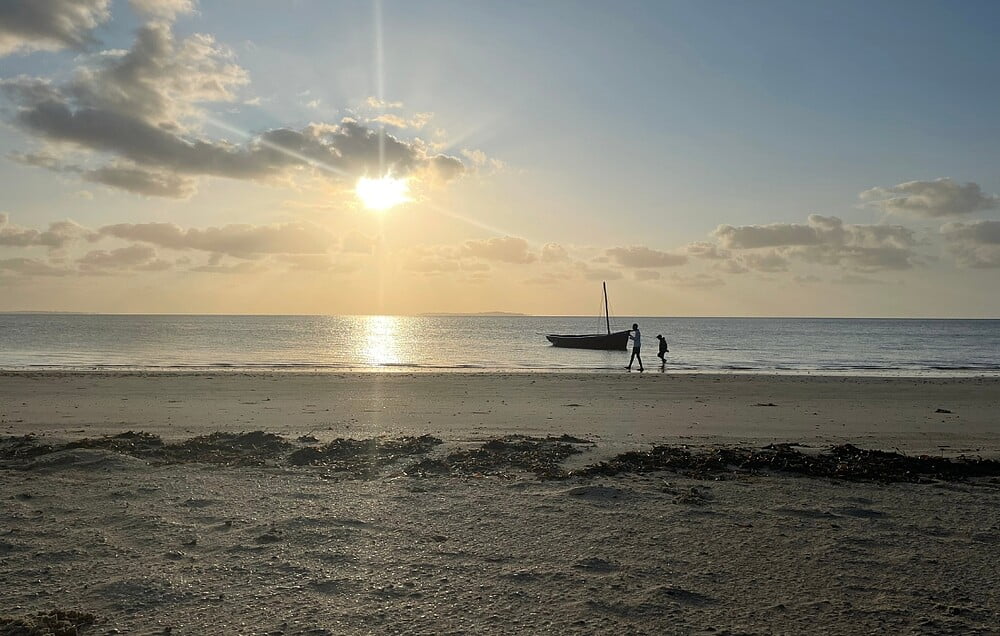
Our mission in Mozambique was to share knowledge and learnings with the local fishers in Vilankulo about our use of baited remote underwater videos (BRUVs) technology.
The use of BRUVs in the Kogelberg coastal region has been an innovative citizen science project since 2020 – a collaborative effort between WWF South Africa, conservation partners and small-scale fishers in the Kogelberg region – coordinated as part of WWF’s SWIO fisheries project funded by BMZ, the German Federal Ministry for Economic Cooperation and Development. The project involves deploying and retrieving the BRUVs cameras, attached to a metal rig, dropped off the side of a boat at various GPS-specific locations in pre-determined parts of the sea.
The captured video footage is used to study the local marine ecosystem and assess the health – and abundance – of fish populations and marine life inside and outside the local marine protected area (MPA). In the Kogelberg region, the MPA is Betty’s Bay Marine Protected Area, whereas non-MPA sites are in Walker Bay along the Hermanus coast.
BRUVs deployments are carried out at least twice a year in consistent locations to gather data over time from which trends can be mapped and assessed.
Most importantly, using BRUVs cameras for citizen science research offers fishers and community members the chance to actively contribute to scientific research, which helps foster a deeper connection with the marine ecosystems they depend on for their livelihoods.
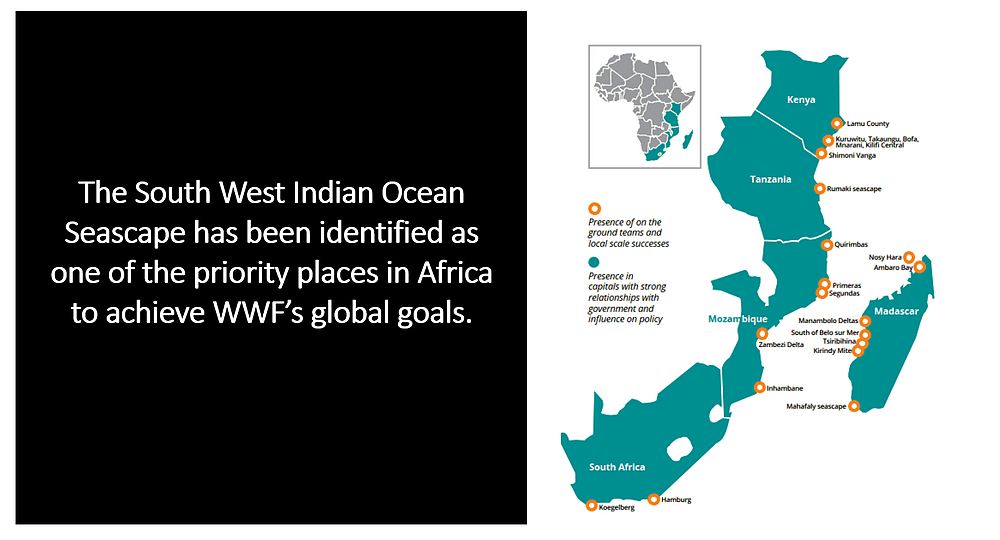
New horizons and noticeable differences
During my stay, I was captivated by the scenic view of the ocean from my hotel room’s balcony. To my left, I noticed a lively slipway – very different from the quiet harbour where I work in Kleinmond.
With a couple of days to spare before the training sessions commenced, I set out to explore the local surroundings. The heat, however, took me by surprise.
One day, I took a leisurely walk along the beach, where I had the pleasure of meeting friendly locals. I observed their unique wooden “dhow” boats, which were quite distinct from those we have in Kleinmond, and I learned how these boats were used to generate a livelihood through fishing and provide tourists with memorable island experiences.
To escape the heat, my travelling partner and I cooled off at a charming beachside restaurant, sipping refreshing drinks. However, the extreme temperatures hit me hard when I returned to my room, leaving me struggling to catch my breath.
Nights were filled with culinary adventures as we explored various restaurants. I was delighted by the bold flavours of Mozambican cuisine, particularly their love for spices. One culinary surprise was the presentation of whole calamari, complete with the head – a departure from the familiar strips I was accustomed to back South Africa.
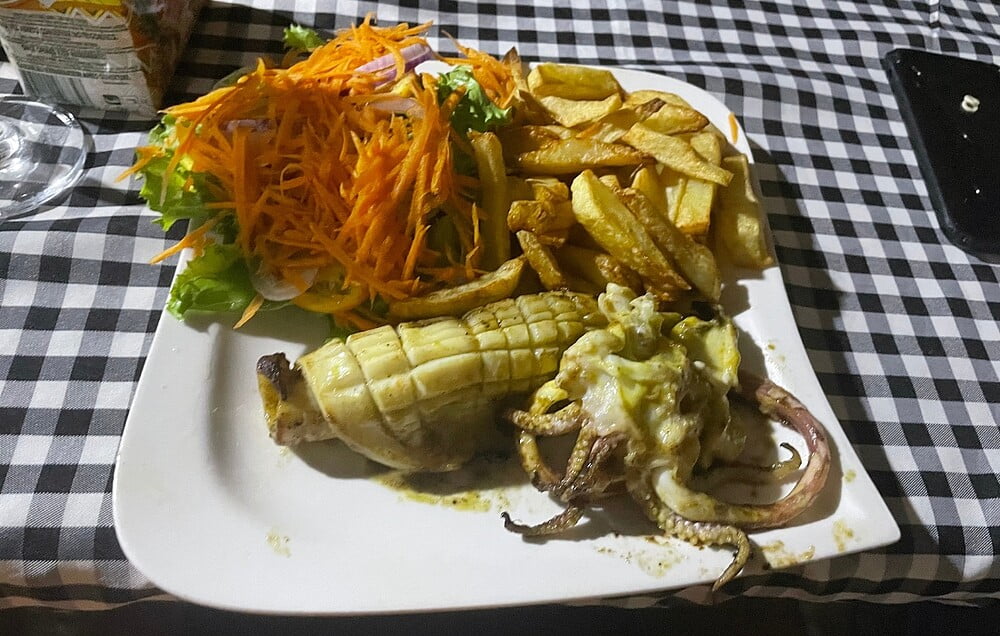
Spreading BRUVs knowledge in the SWIO region
The BRUV training workshop, held from 11–14 April in Vilankulo, was a resounding success. All participants – including representatives from two Mozambican fishing communities, the national Ministry of Fisheries, the Fisheries Research Institute, African Parks on behalf of Bazaruto National Park and WWF-Mozambique – were thoroughly trained in BRUV data collection theory, the importance of BRUVs for long-term fisheries monitoring, and the practical aspects of BRUV deployment.
We had engaging discussions on the pros and cons of BRUVs and their implementation at the community level, which proved invaluable in assessing potential BRUV project opportunities in the Inhambane region – of which Vilankulo and Bazaruto are part.
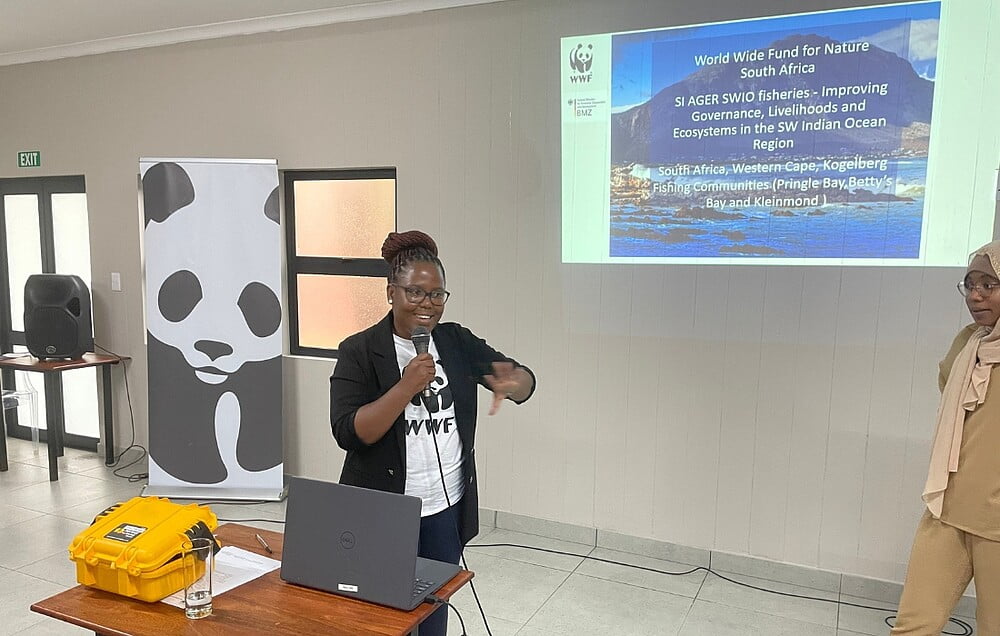
Leaving a lasting legacy
WWF South Africa and the South African Shark Conservancy also equipped WWF-Mozambique with five complete sets of BRUV deployment equipment. Under the expert guidance of the South African Shark Conservancy representative, WWF-Mozambique commissioned the manufacture of four high-quality BRUV rigs.
As a result, WWF-Mozambique now boasts four fully functional BRUV rigs, plus a spare BRUV camera. Beyond the hardware, we provided digital template sheets for data analysis and field data capture sheets, along with comprehensive step-by-step instructions.
All video files from the test run deployments done while we were there were also meticulously organised and uploaded to the WWF-Mozambique hard drive.
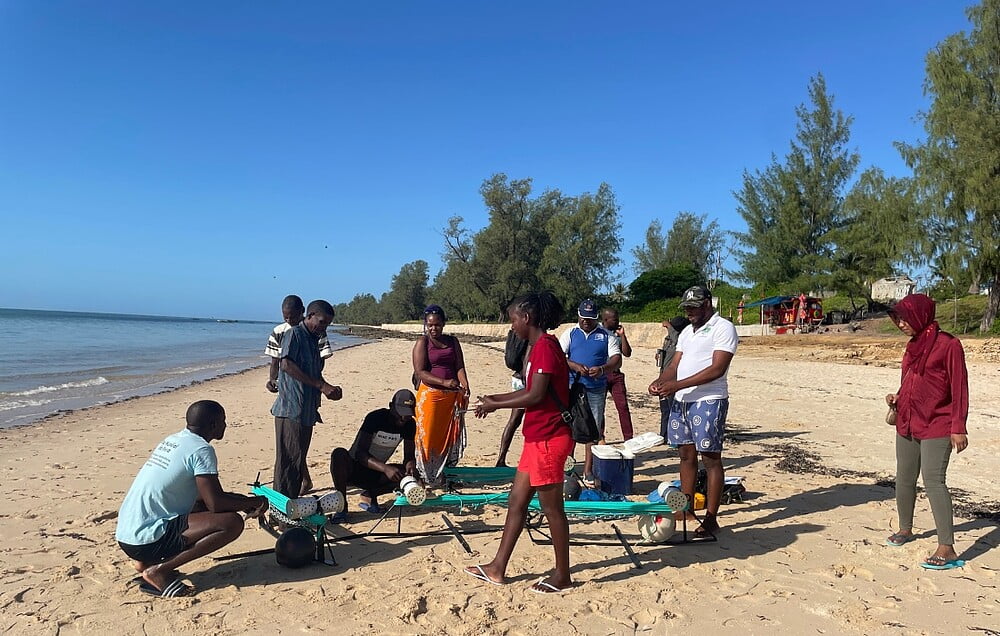
Supporting community conservation
My training partner and I shared our expertise in designing and manufacturing BRUV rigs and cameras suitable for the seas of Inhambane, as well as BRUV deployment and retrieval, species identification, and data analysis.
Additionally, we worked closely with colleagues at the Vilankulos office of WWF-Mozambique and local fishers to select appropriate BRUV deployment sites at predetermined locations in the wider Inhambane area.
The significance of this training extended far beyond the technical aspects. We delved into BRUV theory and procedural components and discussed community engagement strategies.
This training wasn’t just about BRUVs but about instilling a sense of community and shared responsibility for our interconnected marine ecosystems.
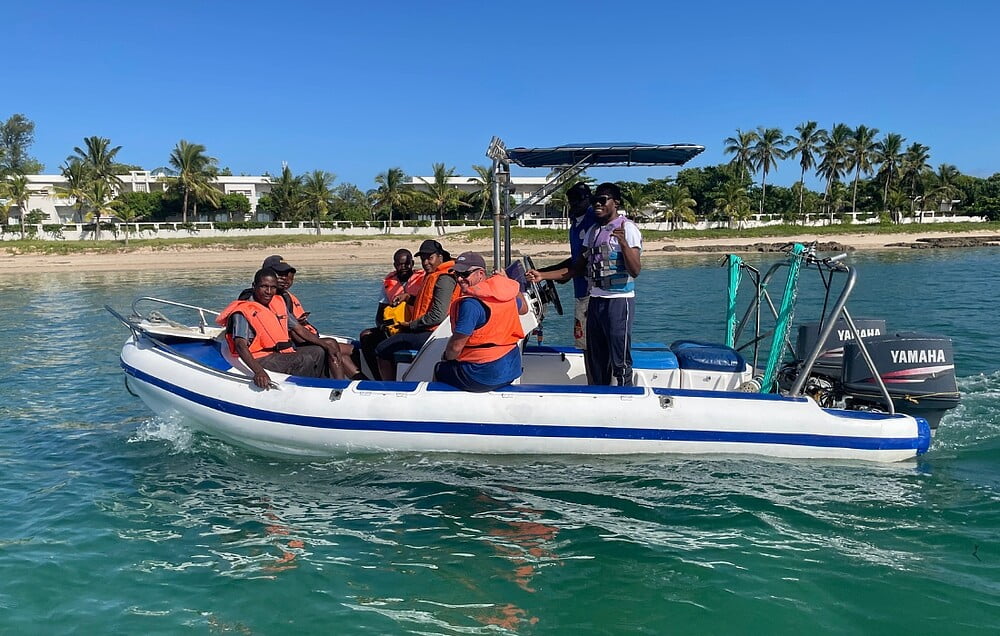
A journey of growth and collaboration
The collaborative spirit during this training was inspiring. The partnership between WWF South Africa, WWF-Mozambique and South African Shark Conservancy was evident in every aspect of the workshop. Our shared goal was to assist capacity development by providing theoretical and technical knowledge related to BRUVs.
Drawing from our successful community-BRUV programme first tested and established in the Kogelberg region in 2017; the training focused not only on technical aspects like rig construction, camera settings, practical deployment, and data analysis but also on the conceptual framework.
We aimed to empower WWF-Mozambique with the necessary tools, expertise and knowledge to define BRUV strategy opportunities within their coastal region of operation.
The benefits of this collaboration were multi-faceted. WWF Mozambique now has the capability to pilot BRUVs in the recently implemented oyster closure sites of this SWIO fisheries project, enabling them to analyse the impact of these closures on the marine environment.
The local BRUVs project also aims to increase community engagement, awareness and understanding of Mozambique’s underwater environment and marine species diversity.
We hope to create a more empathetic understanding of BRUVs in diverse cultural contexts by fostering collaboration and knowledge sharing among different countries and stakeholders.
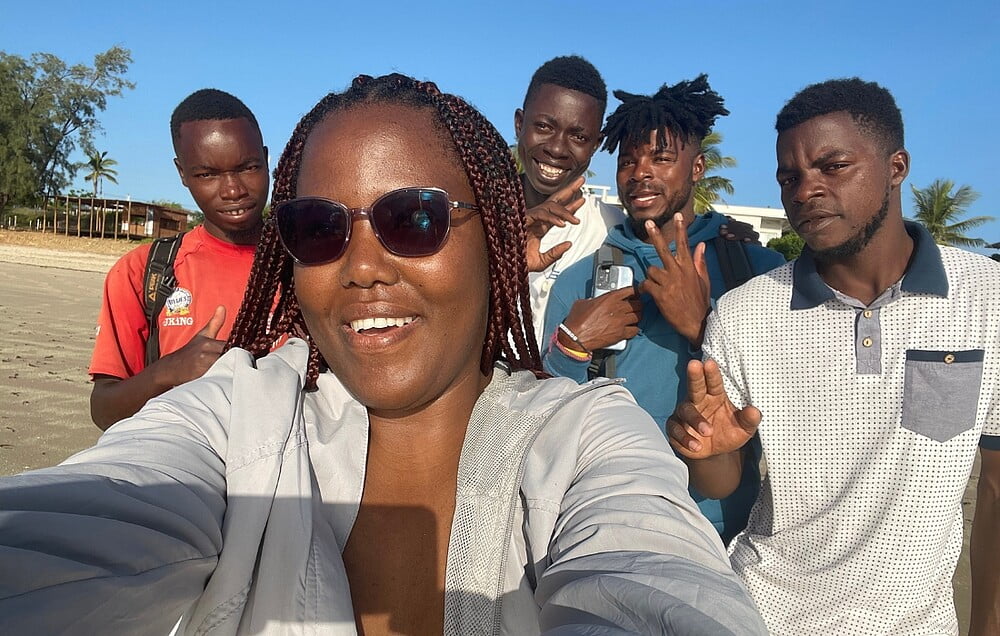
United in our shared mission
Moreover, the exchange of perspectives and experiences during this training has the potential to spark innovative ideas and approaches. As individuals bring their unique insights, these new ideas can lead to creative and effective solutions for both countries and components of the BRUV’s work.
This journey to Mozambique was more than just a work trip for me; it was a testament to the power of collaboration, cultural exchange and the shared passion for marine conservation.
Witnessing the workshop participants’ dedication and enthusiasm for learning reaffirmed my belief in the positive impact such initiatives can have on our environment and communities. I am deeply grateful to have been a part of this transformative experience, and I look forward to seeing the lasting impact of our collective efforts on the marine ecosystems of Mozambique. Here’s to more fruitful collaborations and a sustainable future for our oceans!